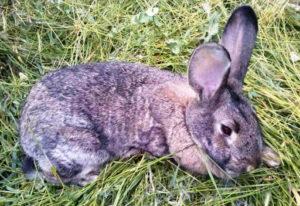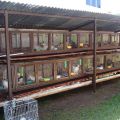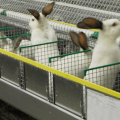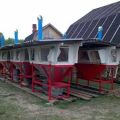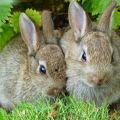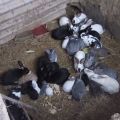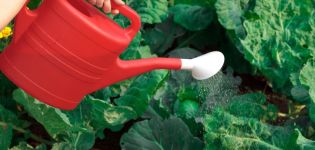Nuances of winter rabbit breeding and breeding rules for outdoor keeping
Breeding rabbits in winter has a number of specific features, but this method has been used in intensive rabbit breeding for tens, if not hundreds, of years. Compliance with the rules allows you to get up to 4-6 litters per year from one female without harm to her health and the quality of the offspring. Also, using the method, you can connect young rabbits to breeding immediately after they reach puberty, without waiting for the onset of the warm season.
Can rabbits be covered in winter?
It is recommended to use winter breeders for rabbit breeders with considerable experience in breeding animals, because for this it is necessary to have not only skills, but also the appropriate equipment, a supply of feed and the ability to handle young animals.
Despite the upcoming difficulties, obtaining offspring in the winter season has a number of advantages:
- It is possible to avoid downtime of the producer for six months, which negatively affects her well-being and ability to reproduce.
- Winter rabbits are strong and healthy (provided with appropriate conditions and high-grade high-calorie feeding).
- Females obtained from offspring in the cold can be included in the reproduction of the herd already in the summer. During the remaining period, they will be able to become mothers twice.
- If animals are raised for skin, its quality will be higher than that of summer rabbits.
- Increasing the profit of the rabbit farm.
But intensive breeding involves creating comfortable conditions for rabbits and providing them with a full-fledged high-calorie diet to withstand the cold.

What temperature can animals withstand?
It is impossible to answer this question unequivocally, because much depends on the conditions created for rabbits, on the experience of the female and her desire to care for the offspring. There is a strong opinion that the optimal temperature in a room with cells is in the range from 5 to 10 degrees. With its growth, it is necessary to monitor the improvement of ventilation and the supply of fresh air, but avoiding drafts that are destructive for rabbits.
Rabbits provide the offspring with insulation in the form of their warm and light down, which serves as an excellent protection in frost. In nature, wild rabbits survive in cold weather of -20 degrees, but the offspring and they themselves are in warm burrows, and not on the surface.
Therefore, the task of the breeder is to create optimal conditions for pets, including providing them with insulated cages (especially when breeding on the street), maintaining cleanliness and dryness in them, and most importantly, supplying high-calorie food in sufficient quantities.Most often, animals die or abandon offspring because they do not have enough energy and nutrients to feed.
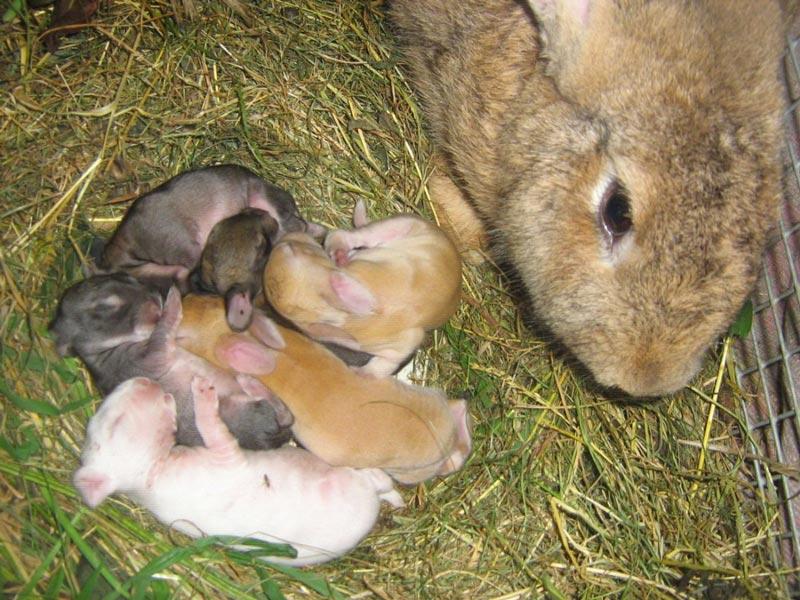
With abundant, balanced feeding, rabbits are able to successfully survive the harsh cold winter and raise strong and healthy offspring.
What is the effect of low temperatures on the young?
With a properly constructed reproduction system, winter young rabbits grow healthy, strong, and regularly gain weight. But here a lot depends on the preparation of the breeder and the behavior of the female. According to natural rhythms, rabbits are reluctant to mate in the cold. Forced insemination is not able to solve the problem, because the female not ready for breeding will simply throw the offspring out of the nest or will not feed it. At the genetic level, it is inherent in her that such rabbits do not survive.
To prevent this from happening, the animals need to provide optimal conditions that neutralize the negative from the cold. Then the female will watch the offspring, and the rabbits themselves will be cheerful and cheerful.
Features of breeding rabbits in the winter outdoors
In order for reproduction to pass without complications even on the street in winter, you must follow these recommendations:
- The choice of a zoned breed, bred for living in specific conditions.
- Balanced nutritious food.
- Pure water, which must be heated in cold weather.
- Warming of cells.
- Competent conduct of interceptions.
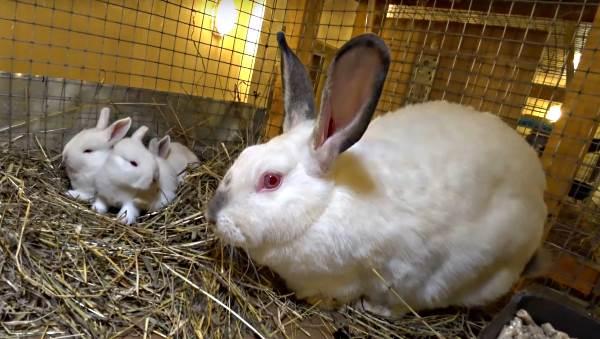
By following the rules and choosing young strong females for intercourse, it is possible to get stable offspring and raise the entire offspring without loss, even under extremely severe temperatures up to 25 degrees below zero.
Home improvement
In order for the winter rabbits to survive even under the conditions of the onset of low temperatures, they need to provide appropriate living conditions. When kept outdoors, rabbits need warm cages. They are insulated from the outside with layers of foam sheets, ensuring that animals cannot directly access the plastic, otherwise they will gnaw it and may get sick or even die.
When grown in queen cells without heating, the cells must be insulated not only from above, but also on the sides, using felt, foam or thermofilm. Below, under the lattice base, you must put a couple of sheets of plywood. Also, the cages should have enough straw for insulation. When the female begins to create a nest, she should be offered suitable materials for this, especially if she does not have enough of her own fluff or severe cold is expected.

To prevent animals from freezing and not getting sick, it is necessary to regularly clean the cages, because moisture, combined with low temperatures, is a risk of disease and death of the offspring.
How to feed and drink
In order to ensure active reproduction and survival of the offspring during winter birth, females, and then grown up rabbits, need to be given high-calorie feed. Hay and juicy feed, especially carrots, must be present without fail. Vitamins will help to cope with the difficulties of winter time.
Also, rabbits need to be given branches, preferably conifers, because they solve two issues at once - getting vitamins and nutrients and grinding constantly growing teeth. They give specially grown fresh herbs, root crops (200-250 grams) that stimulate milk production in lactating females, mineral supplements (2 grams) and the same amount of salt.
In addition to providing complete feed, it is necessary to monitor the availability of clean water. In case of frost, it is necessary to warm up the water, this will help to avoid diseases and death of rabbits. If the population is large and rabbits are reared on an industrial scale, the cages should be equipped with a heated water nipple supply.This will reduce fluid loss and reduce the risk of litter wetting and harmful damp development.

Possible problems
The main difficulties in winter breeding are as follows:
- Females may refuse coverings. To cope with this, you need to provide them with conditions that do not differ from other times of the year.
- If it is cold and damp in the cage and queen cell, the rabbit can throw out the offspring, and it will die.
- With a lack of food and water, the animals will get sick, which will lead to the death of not only the rabbits, but also the livestock.
If the breeder manages to overcome the difficulties, then the rabbits received in winter will be distinguished by health, greater resistance to diseases, appetite and weight gain. In cold weather, rabbits do not suffer from a dangerous disease - myxomatosis.
Raising rabbits in the cold season is troublesome and expensive, but profitable.

